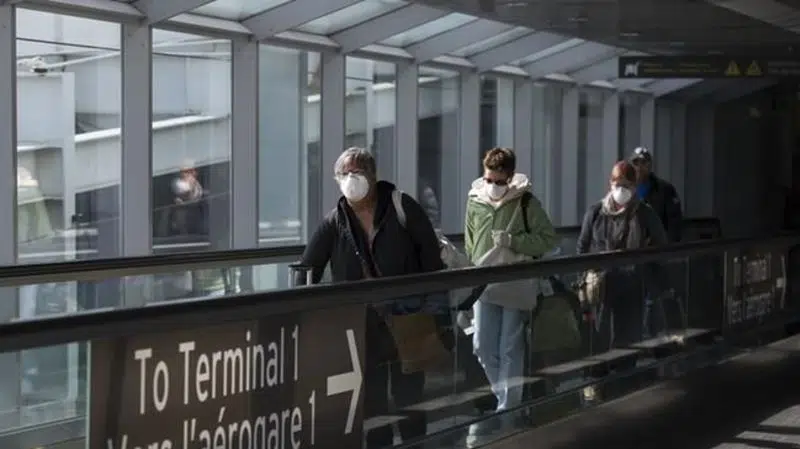
Airports now a challenging ‘Petri dish’ for officials trying to prevent spread of virus
OTTAWA — For one traveller returning to Toronto from Vietnam, the way officials handled arrivals to Canada was startling when compared to strict COVID-19 guidelines in the southeast Asian country.
Cameron Topp, who was in Vietnam to visit his wife’s family, said officials at a mid-sized city airport there were checking the temperature of each traveller and handing out free face masks.
The Hamilton resident said most staff and travellers wore masks and were using hand sanitizer regularly throughout their flight.
But he described a stark difference in attitude as soon as he arrived at Pearson International Airport in Toronto on the weekend.


